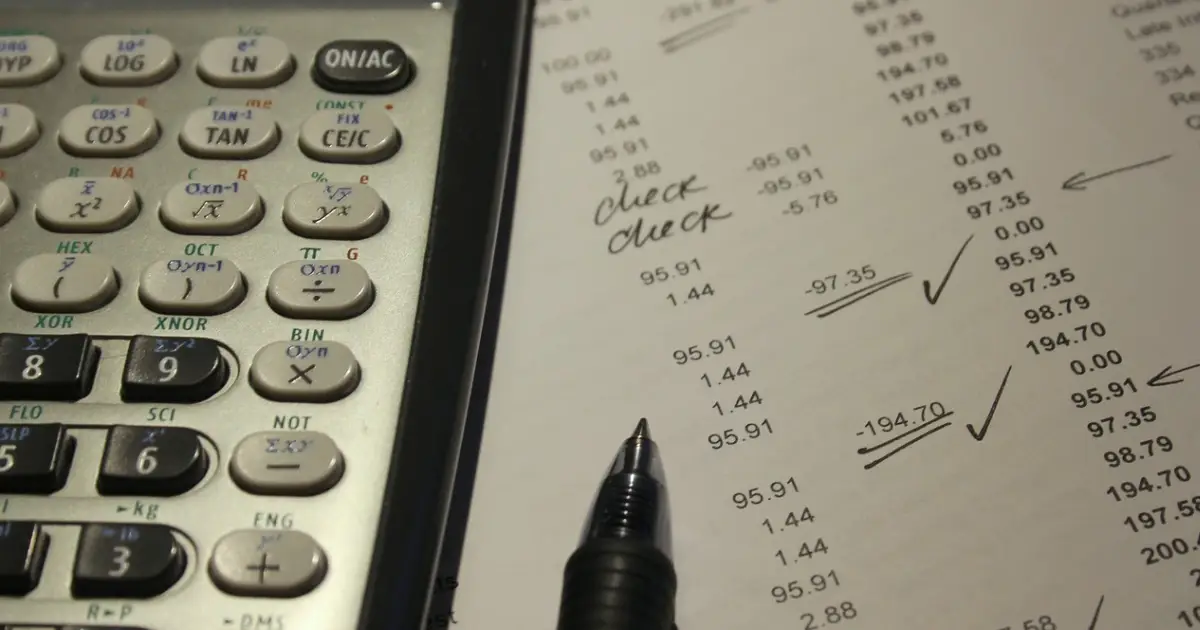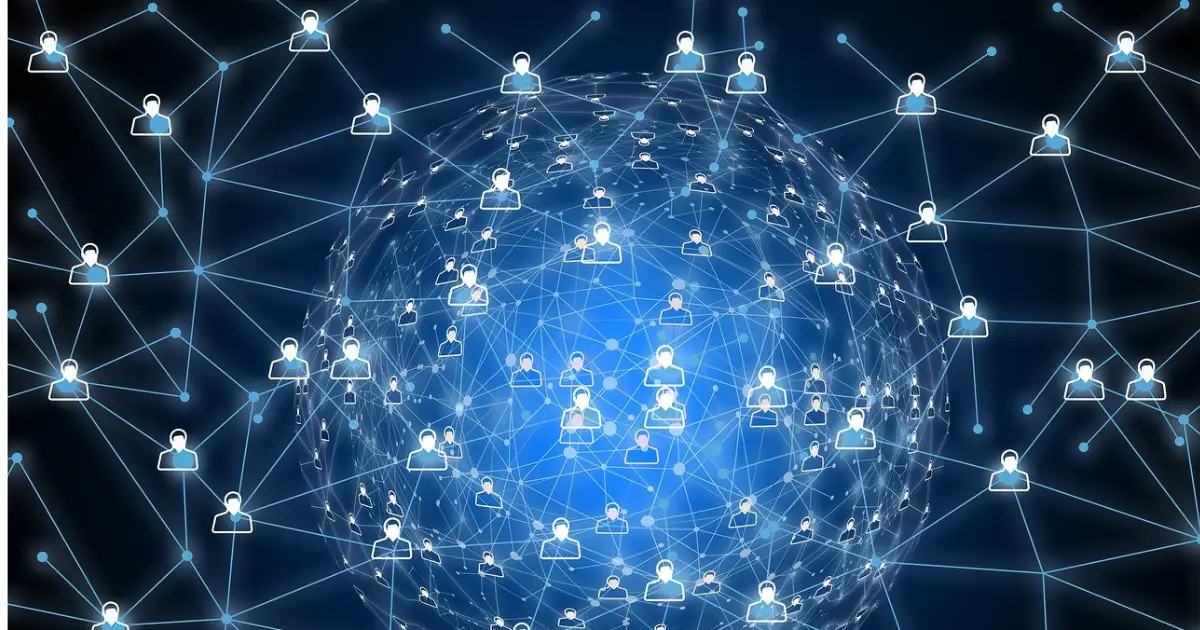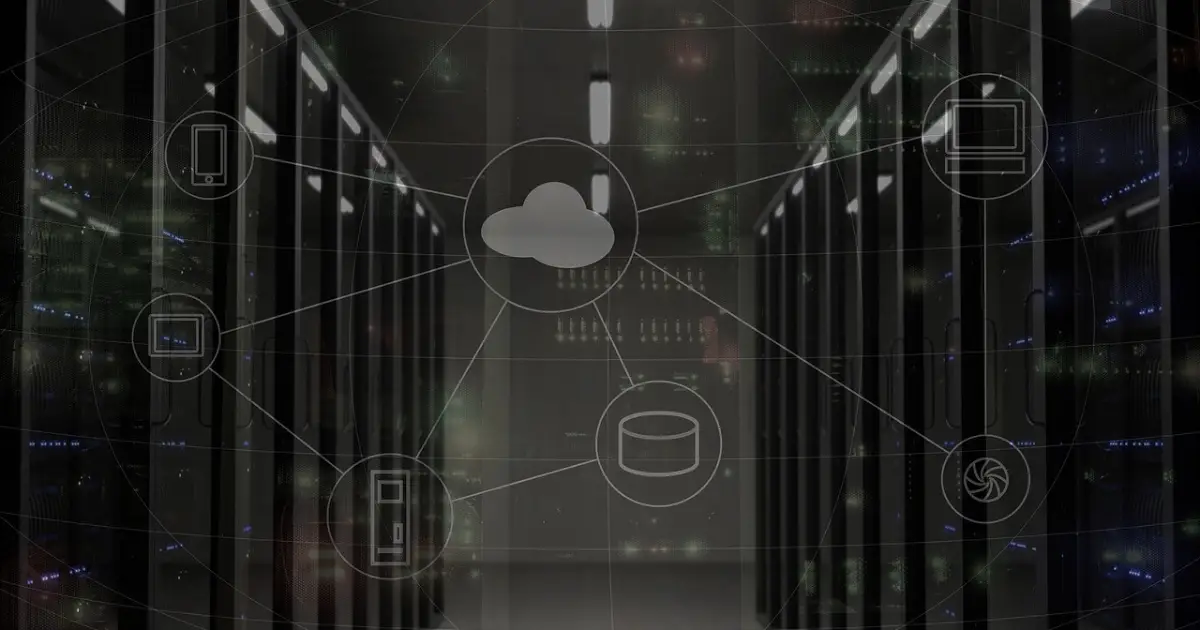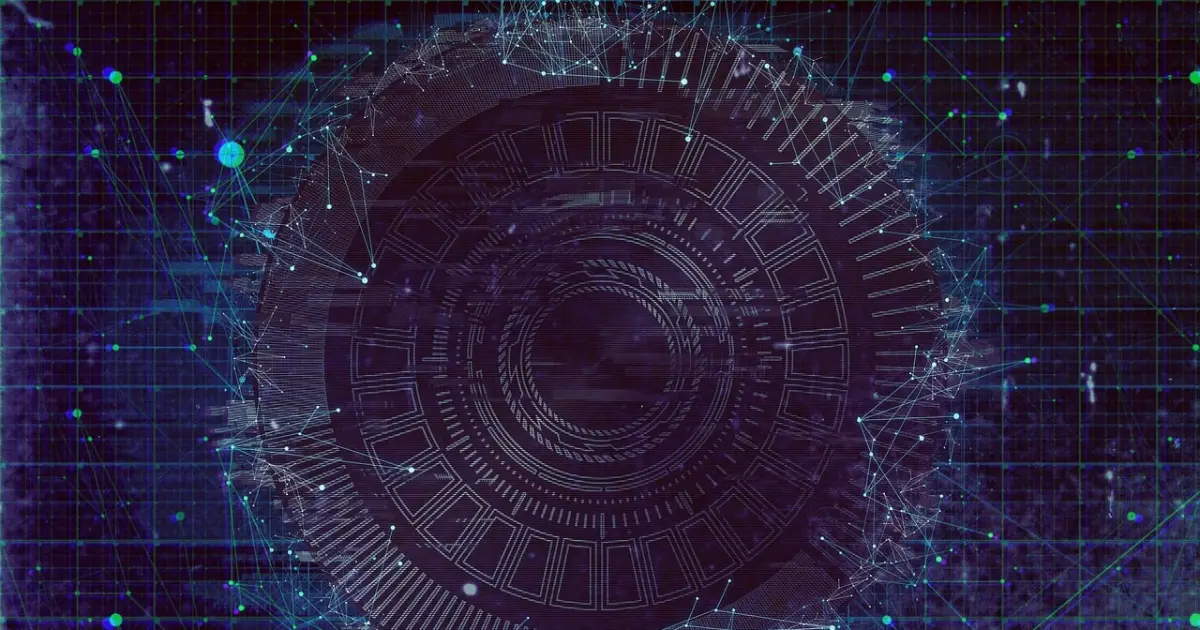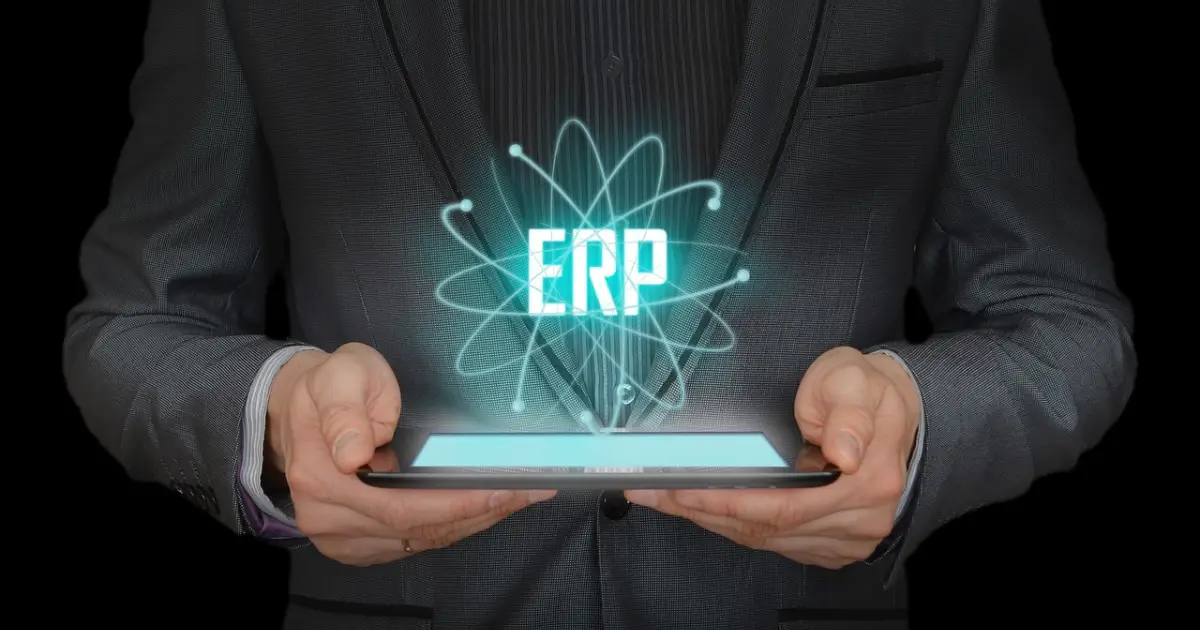focus notes


How much does it cost to develop an IoT system? We explain the market rate, how to reduce the cost, and how to choose a contractor.

table of contents
How much does it cost to develop an IoT system?
"What are the tips for reducing the development costs of IoT systems?"
You may have questions like these.As we will discuss in more detail later, the cost of developing an IoT system varies greatly depending on factors such as the size of the system and the number of functions.It is difficult to generalize, as there are cases where the cost can range from several million to several hundred million yen. This is true not only for in-house development, but also for outsourcing. Even if you use a commercially available IoT system, the cost can reach several million.
Even if you are able to get an idea of the cost by getting competitive bids, you may be presented with an amount that exceeds your budget. In that case, you will need to find a way to reduce development costs.
In this article, we will explain the development costs and breakdown of IoT systems, tips on how to reduce development costs, and how to choose a contractor. If you are thinking, "I want to proceed with a project after knowing the market price for development costs of IoT systems," please refer to this article.
Explaining the development costs of IoT systems
Here we will explain the development costs of IoT systems.
- Price range for in-house development from scratch
- Average price when outsourcing
For more information on IoT, please refer to the article below.
IoT is the Internet of Things! Explaining the mechanism, what can be achieved, and implementation examples
Price range for in-house development from scratch
The cost of developing a system in-house from scratch varies greatly depending on the scale and purpose of the system.Therefore, it is difficult to say how much IoT development will cost. If you want to know the exact cost, it is best to get multiple quotes.
Average price when outsourcing
Even when outsourcing IoT system development, costs vary depending on conditions such as the size of the system and delivery date.Generally, it will cost several million yen.
Outsourcing can potentially reduce costs compared to developing from scratch. If the cost of in-house development is too high, it may be better to consider outsourcing or using a commercially available IoT system. However, depending on the content of the development, it may end up being just as expensive as developing it in-house. Please be careful.
In addition, when outsourcing system development or using a ready-made product, there is the advantage of being able to hear the opinions of system development experts. You may be able to get ideas for the system needed to solve the problem that you would not have thought of on your own. You can also expect to find the shortest route to solving the problem. Also, since you do not have to allocate your company's resources to development, you may be able to focus on your core business.
Whether to develop in-house or outsource should be decided based not only on cost but also on the content and circumstances of the development.
Explaining the cost breakdown when developing IoT
The costs involved in developing IoT can be broken down into three categories:
- IoT device implementation costs
- System development costs
- Operation and maintenance costs
IoTEquipment installation costs
When developing or introducing an IoT device, the following costs may be incurred:
- Sensor cost
- Telecommunications equipment costs
- Server costs
Sensors are the basic building blocks of IoT devices and are responsible for collecting data from the environment. Their role is to detect various physical conditions such as temperature, humidity, pressure, movement, sound, and light, and convert them into digital data. Examples include monitoring soil moisture in agriculture and regulating the temperature in smart homes.
Communication devices are required for IoT devices to send data collected by sensors to other devices or servers. These include communication technologies such as Wi-Fi and Bluetooth. Communication devices are essential not only for collecting data, but also for remote device control, firmware updates, and linking with cloud services.
A server is needed to process, analyze, and store the collected data. The server aggregates the data, analyzes it, and takes action (such as an automated response or notifying the user). This can be a physical server or a cloud-based server, which may reduce upfront costs.
System development costs
The next cost that will be required is the system development cost.The main ones are as follows:
- Software Development Costs
- Each labor cost
- Testing costs
Software development costs refer to the development costs for software components (software parts or modules that function independently) of IoT systems. This includes development of device firmware, analysis software, and applications that provide user interfaces. It may also include software that manages communication between devices and the development of APIs that handle integration with cloud services. Costs will vary greatly depending on the development content.
The labor costs for each person include software engineers, project managers, designers, and security experts. The cost will vary greatly depending on the number of people involved, their skills, and their track record during the project. In addition, if the project is large-scale, the number of people involved is expected to increase proportionally. In that case, labor costs may rise.
Testing costs are the costs incurred for testing activities to ensure the quality assurance and reliability of the system. This includes unit testing, integration testing, system testing, load testing, security testing, etc., performed at each stage of the development lifecycle. The more tests you perform, the higher the costs may be.
Operation and maintenance costs
Operation and maintenance are also expensive.The main costs you will incur will be:
Item | Concrete example |
Operation | Communication costs Labor costs for operations |
Maintenance | Device maintenance and repair costs Data backup and recovery costs |
Communication costs refer to the cost of transferring data between devices and between devices and cloud services. These costs vary greatly depending on the communication technology used, the amount of data, the frequency of communication, and the service provider's fee structure. In addition, there will be personnel costs for operation.
When it comes to maintenance, the main costs are maintenance and repair costs. IoT devices require regular maintenance and repair when they break down. This includes preventive maintenance, fault diagnosis, and part replacement. Depending on the usage environment, there may be more breakdowns, which can lead to higher costs.
In addition, the information handled by IoT may be confidential. Therefore, you may need to use data backup and recovery services to prevent data loss and quickly recover from accidents or failures. In that case, certain additional costs will be incurred.
Tips for reducing the development costs of IoT systems
Here are four tips to reduce the development costs of an IoT system.
- Narrow down the features to be installed
- Simplify the development of each function as much as possible
- Keep the scope as small as possible
- get a competitive quote
Narrow down the features to be installed
By narrowing down the functions to be included, system development costs can be reduced.Development time is shorter. Fewer features means less time required for design, development, and testing, which in turn reduces labor costs.
When narrowing down the necessary functions, first consider the purpose of introducing the IoT system. Once the purpose of introduction is clear, you will know the necessary functions. Narrow down the functions to only those necessary to achieve the purpose.
If you cannot clarify the purpose of the introduction by yourself, interview the management team or the on-site manager. You may be able to clarify not only the purpose but also specific target figures. You will be able to see all the functions that should be installed at once.
Simplify the development of each function as much as possible
Development costs can also be reduced by keeping the development content of each function as simple as possible.This makes it easier to debug and test.
For example, simple code is easier to understand and easier to identify bugs when problems occur. It takes much less time to debug than complex code, which lowers development costs. Simple functions are also easier to test, which makes the verification process smoother. This reduces the time and cost of testing.
A tip for simplifying the development process is to develop a prototype first. Develop a prototype with the minimum necessary functions and check whether each function is sufficient or not. When you actually use it, you may find that some functions are unnecessary. This will allow you to simplify the development process more than originally planned.
Of course, if a feature is missing, you will need to add it, which may be costly, so it's best to check with management and each stakeholder.
Keep the scope as small as possible
Development costs can be reduced by keeping the scope and scale of development as small as possible.This reduces the amount of equipment and manpower required compared to developing the entire range.
In the first place, as the scale and scope of implementation increases, the budget required for development tends to increase. A large factory may require hundreds of sensors. The number of people and days required, in other words, labor costs, will also increase accordingly. However, costs can be reduced by limiting the scope to specific locations. It is a good idea to start with development on a small scale and gradually expand the scope while observing the situation.
The trick to keeping things small is to set priorities for the scope. Here are some points to keep in mind when setting priorities:
- Cost-effectiveness
- Possibility
By checking the above two points, you can identify areas where you should prioritize implementation. Once you have achieved a certain level of success in those areas, you can gradually expand the scope.
get a competitive quote
By getting competitive bids, you may be able to reduce development costs.By getting multiple quotes, you can get a rough idea of the market price and reduce the risk of signing a contract for an excessive price.
When obtaining competitive bids, it is important to clearly define the project requirements, specifications, and expected deliverables. This will ensure that the bids are based on the same standards, making it easier to compare. Check not only the cost but also the service content, etc., to make a comprehensive decision.
How to choose a supplier when outsourcing IoT system development
When outsourcing the development of an IoT system, don't just focus on the cost, but also check the following:
- Transparency of quotes
- Extensive development track record
- Favorite development language
- Security measures
Transparency of quotes
Be mindful of the transparency of your quote.A transparent quote means you know exactly what work will cost and how much it will cost.
To determine whether a quote is transparent, check that it includes the following items:
- Requirements definition cost
- design cost
- Design Cost
- System development costs
- Testing costs
- Equipment Costs
- Implementation support costs
- Transportation costs
- Maintenance costs
- Direction fee
When these costs are clearly laid out, it's easier to understand the breakdown of costs and decide whether the service fits your budget and needs -- and it also reduces the chance of misunderstandings or disagreements later.
However, be careful, you should also check at this point whether there are any additional fees. If there are additional fees, be sure to check the conditions in advance.
Extensive development track record
Another key point is our extensive development track record.If they have a long track record, they are likely to have deep technical expertise and are easier to trust, and may even be able to suggest new ideas during the requirements definition stage.
However, each system development company has different areas of strength. If you are asked to do something in an area you are not good at, you may not be able to demonstrate your abilities. In addition to having a wealth of experience, check whether they have experience with similar development content in the same industry as your company. If they have, check the implementation effects and costs. If the track record of the development company you are considering is not published on their website, inquire.
Favorite development language
The development language you are good at is also important.If they are not good at the programming languages required for the development of the system your company desires, the system developed may be of a lower level than expected. It is always worth checking what languages they are good at.
The development languages that are considered to be suitable for IoT system development are mainly as follows:
Language Name | overview |
C++ | A highly versatile development language that extends the functionality of the C language |
Java | A highly versatile development language that can be used in any development environment |
Python | A development language used primarily in the scientific and technological fields |
*The programming language considered to be most suitable for IoT system development varies depending on the application, type of device, project requirements, etc.
C++ is widely used for firmware and system programming of IoT devices. It is mainly suitable for application development, and allows fine-grained control over memory management and system resources. It is also highly portable and supports a wide variety of platforms and devices.
Java is a programming language with a simple syntax that is easy for beginners to use. It is suitable for data-intensive applications, machine learning, prototyping, etc. It has a variety of libraries and frameworks, and can perform tasks such as data analysis, machine learning, and networking. In addition, because it has the flexibility as a scripting language, it may be used in many IoT devices.
Python is a programming language that has become popular in recent years because it allows you to write short code and perform any programming task with simple code. It is suitable for developing real-time web applications and IoT applications.
It is a good idea to identify the programming language that is best suited for the system your company plans to develop, and then look for a development company that specializes in that language.
Security measures
Be sure to check the security measures carefully.Because IoT connects things to the Internet, it is at risk of being subject to cyber attacks. The following cases have actually occurred.
Your router, security camera, etc. may be hijacked.
There have been confirmed cases of unauthorized use of the service, such as the spread of voyeurism viruses and its use as a springboard for attacks on other companies.
Source: Hokkaido Prefectural Police | IoT Crisis (Devices)!? ~ IoT devices may be hijacked ~ (February 8, 2024)
Security measures are essential to prevent the devices you develop from becoming victims of such crimes. Be sure to check in advance what kind of security measures your supplier will take.
The following security measures are generally implemented for IoT:
Examples of security measures | Content |
Tamper Detection | Detect tampering, etc. |
Data encryption | Protect data confidentiality |
Device Authentication | Only trusted devices can connect to the network |
The above is just one example, but it is a good idea to have this kind of security in place when outsourcing. You can use it with peace of mind.
Of course, security measures are essential even when developing in-house. Discuss and decide with each party involved. If you cannot decide on your own, it is a good idea to consult with an outside expert.
summary
The cost of developing an IoT system varies greatly depending on the scale and functionality of the system. It is difficult to generalize, as the cost can range from several million yen to several hundred million yen. It is best to select a system after checking your company's budget and resources.
If you want to keep development costs as low as possible, it is recommended that you focus on narrowing down the functions and simplifying the development content.In addition, by getting comparative quotations, you can check the average cost of the system development you want. You will then be able to choose the system development company that is most suitable within your budget.
However, there are many system development companies out there, so you may be confused. If you are unsure, please feel free to contact us.
Achievements left behind
48 years since its establishment.
We have a proven track record because we have focused on what is important.
It has a long track record in both the public and private sectors.
Number of projects per year
500 PJ
Annual number of business partners/customers
200 companies
Maximum number of trading years
47 years
Total number of qualified persons
1,870 people


